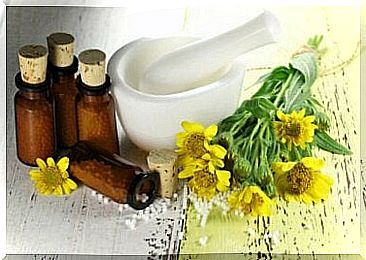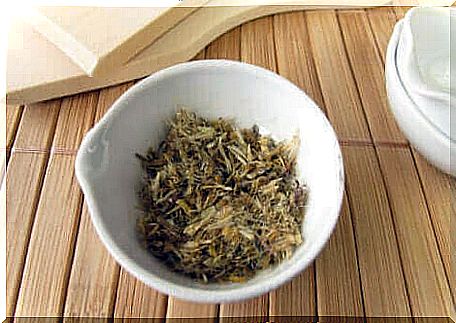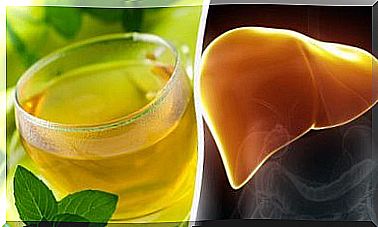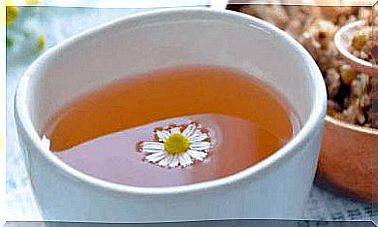Arnica: Benefits, Uses And Contraindications
Arnica has been used since ancient times to relieve muscle pain and bruises. We tell you more about the benefits of this plant and its main uses.

The benefits of arnica are varied in their description in popular literature. It is a plant of the Asteraceae family , native to central and southern Europe, but also present in Asia and North America. You’ve probably heard of it because arnica can be used in ointments or ointments to relieve bruises and muscle pain.
Although its most common use is to treat certain inflammatory conditions, it is also credited with properties that may be beneficial for hair growth. Want to know more about the benefits of this plant? In this article, we tell you about it.
Arnica, what are its advantages?
As we mentioned, this plant, similar to daisy in appearance, has been used since ancient times as a natural alternative to reduce bruises and treat muscle pain. Below are the properties and health benefits of arnica.

It helps relieve pain
Arnica is popular for its anti-inflammatory properties, since according to a study published in The Journal of Pharmacy and Pharmacology , it contains several chemical compounds, including flavonoids and phenolic acids. This is why it is credited with benefits in terms of reducing inflammation and relieving pain.
Additionally, research published in The Cochrane Library on the topical use of herbs to treat osteoarthritis has shown that arnica extract gel would produce effects similar to those of ibuprofen. The latter is a nonsteroidal anti-inflammatory drug useful in relieving pain in people with osteoarthritis.
However, it should be mentioned that the studies are inconclusive when it comes to the effectiveness of the pain relieving properties of the plant. There is also no detailed and precise information on the doses to be administered.
Promotes the reduction of hematomas
Bruises appear as a result of a blow or trauma to a part of the body. They occur when the blood vessels on the surface closest to the skin are broken as a result of the impact.
Arnica could help reduce these marks thanks to its anti-inflammatory effects. In this regard, a review published in the American Journal of Therapeutics points out that this plant would be more effective than a placebo in the treatment of various conditions, such as post-traumatic and post-operative pain, edema and bruising. .
On the other hand, a study published in the British Journal of Dermatology showed that 20% arnica gel was more effective than 5% vitamin K and a placebo given to people with small bruises created by the use of lasers. .
Helps prevent hair loss
In addition to the benefits mentioned above, arnica is said to have properties to promote hair growth and prevent hair loss. It seems that the use of the oil of this plant has positive effects by reducing the irritation and inflammation of the scalp.
This would represent an ideal environment for healthy hair follicles. However, although there is a lot of anecdotal data validating its effects for this purpose and its use is popular in hair care, there is very little literature on this.
Main uses and methods of preparation
One of the most popular uses of arnica for its benefits is topically. However, it can also be prepared in the form of infusions. Here’s how to do these two options. Take note!
Gel
Topical use is best suited to treat inflammation and bruising. For this reason, and thanks to its absorbency, the gel presentation is a good idea in these cases. To make your own ointment, you need to follow the steps detailed below.
Ingredients
- 2 cups of coconut oil (400 ml)
- 1/2 cup of dry arnica (50 gr)
- 1/2 cup grated beeswax (62g)
Preparation
- Pour the coconut oil and dried arnica into a saucepan and simmer for about 1 hour.
- Filter the remains of the preparation, return the pot to the heat, add the beeswax and continue to simmer until it melts.
- Remove from the heat and wait a few minutes.
- Pour all the ingredients into the blender and mix until you get a smooth texture.
- Finally, store the ointment in a glass jar with a lid in a cool, dry place.
Arnica infusion
This way of consuming arnica is very easy to prepare, as only a few ingredients are needed and it will take you a few minutes to prepare it. Besides drinking it, you can also apply it directly if you have a bruise or muscle pain.
Ingredients
- 1 cup of water (250 ml)
- 1 handful of arnica leaves
- Honey (optional)
Preparation
- Pour the water into a container and heat to medium temperature.
- Before reaching the boiling point, add the handful of arnica leaves and let stand for 10 minutes.
- If you want, you can sweeten it with honey.

Possible side effects of arnica
Although it is an herb that serves as a natural alternative to treat the ailments already mentioned, there are some harmful effects that its consumption could cause that should be taken into account. In large doses, arnica causes nausea, vomiting and digestive problems.
On the other hand, there are people who are allergic to the components of this plant. In addition, pregnant or breastfeeding women should avoid it as it would have negative effects on the health of the baby. It is therefore necessary to consult your doctor if you have any doubts about its effects, depending on your case.









